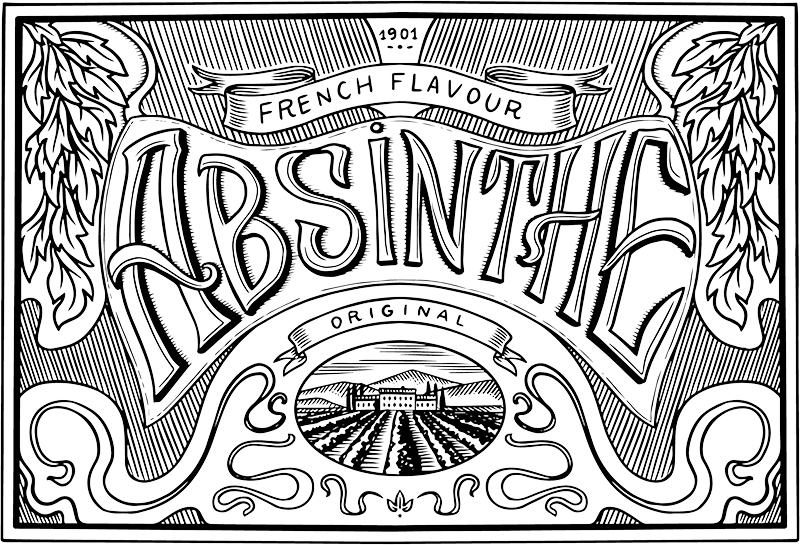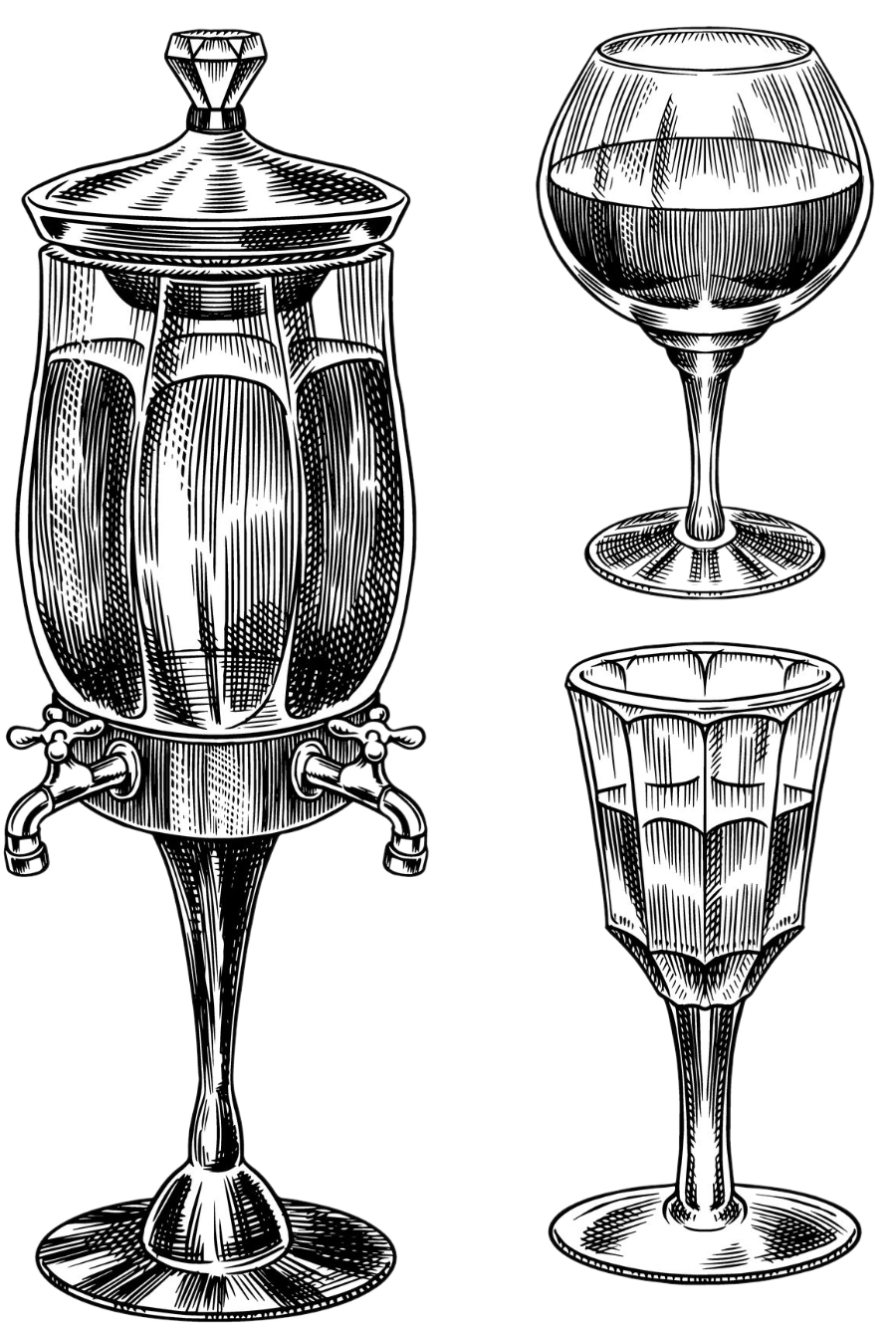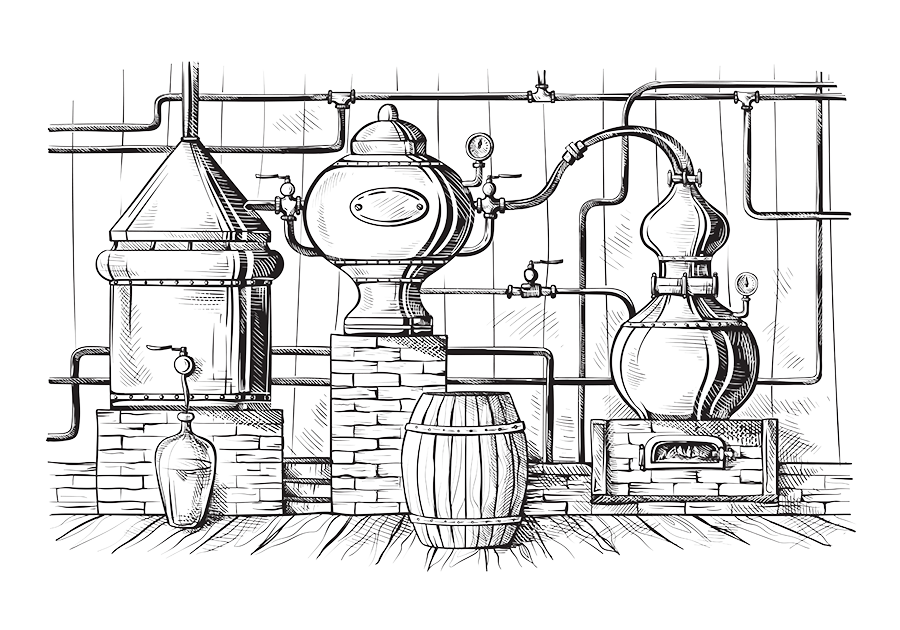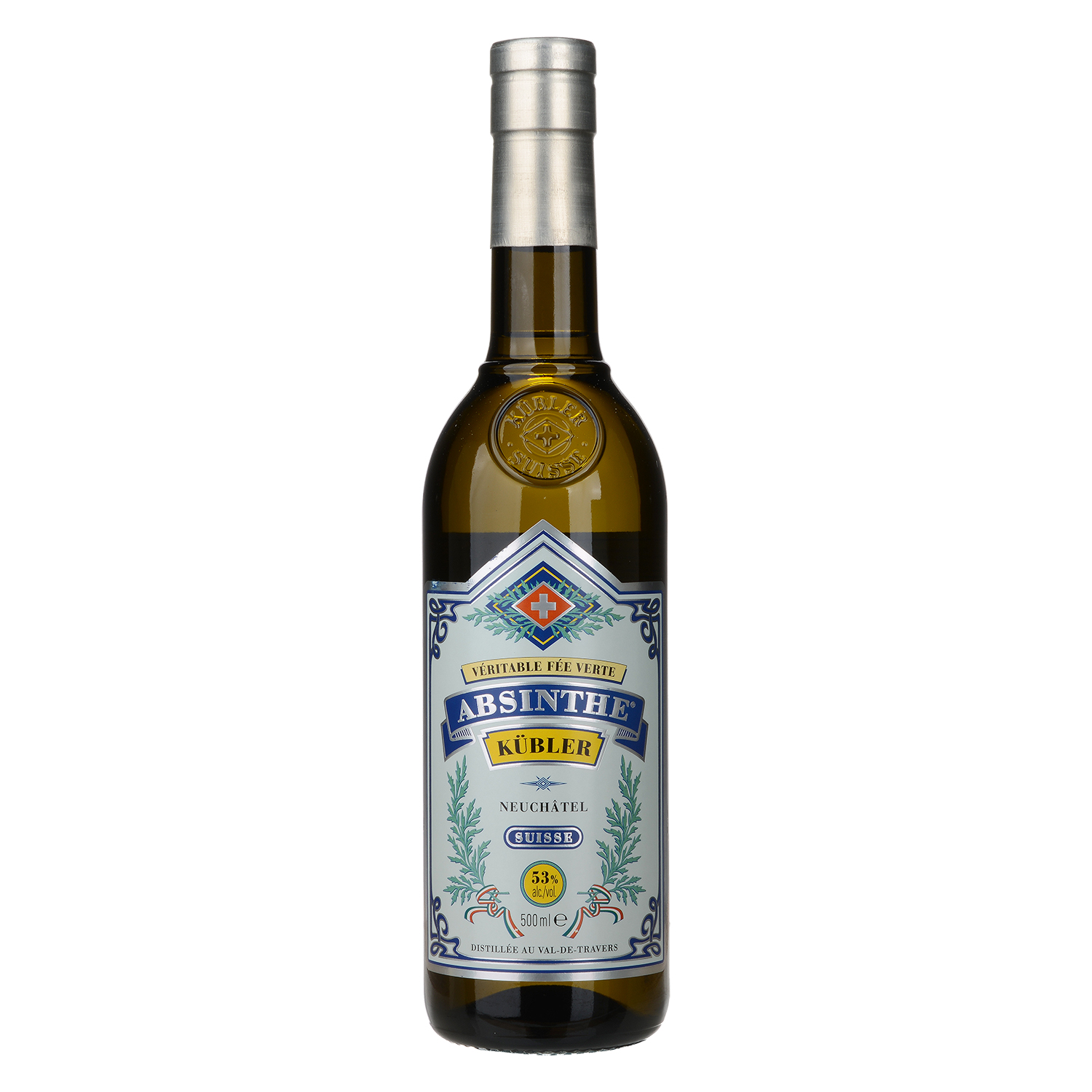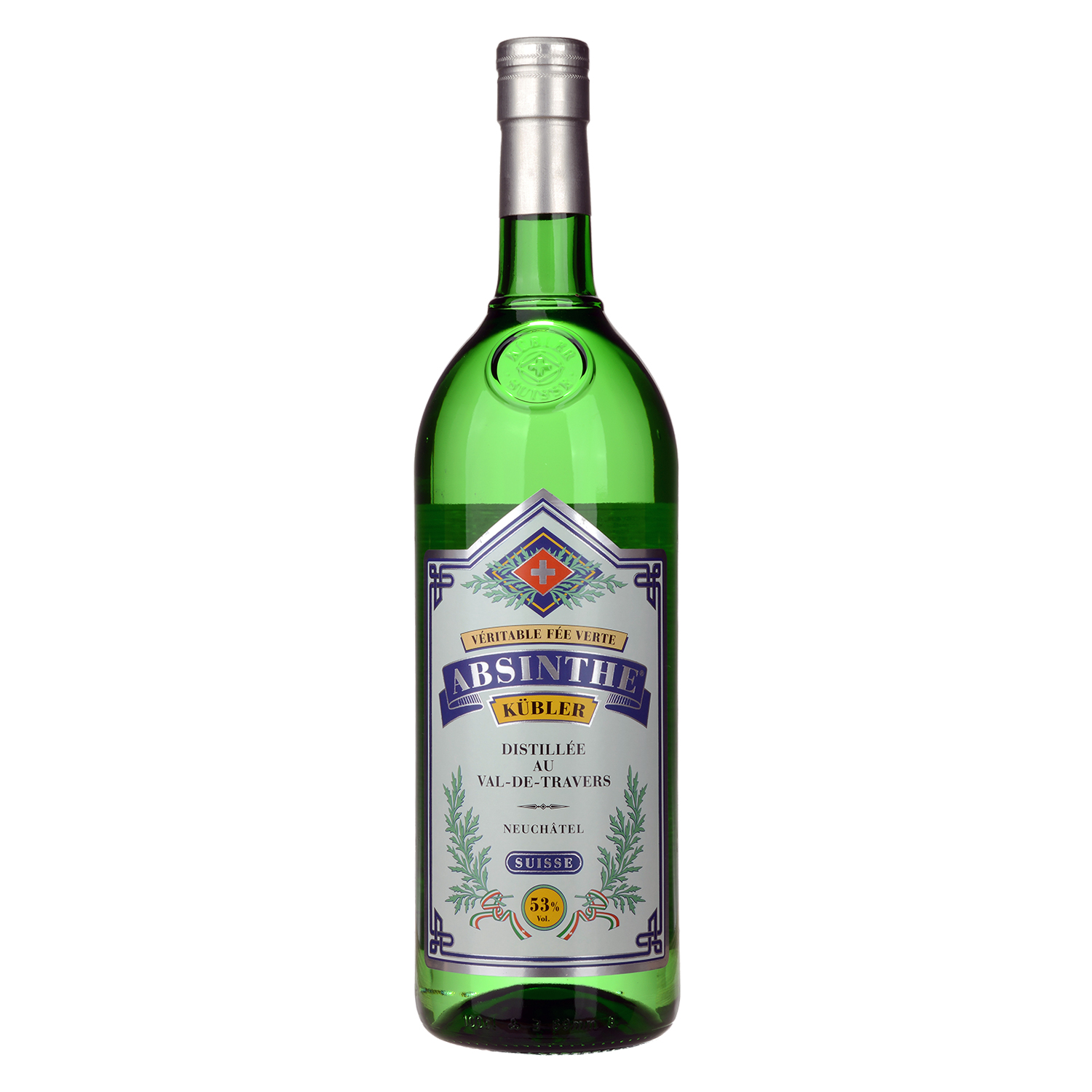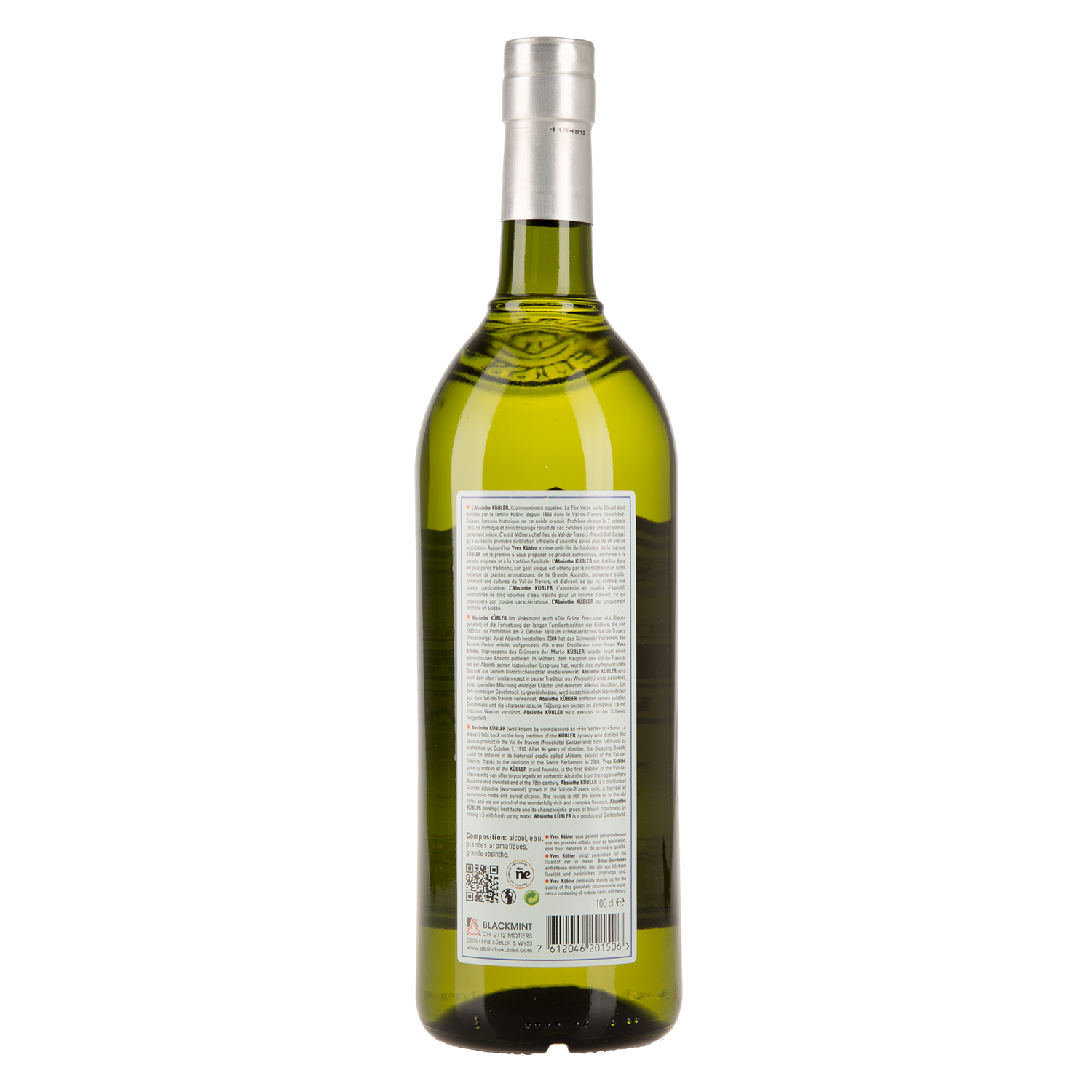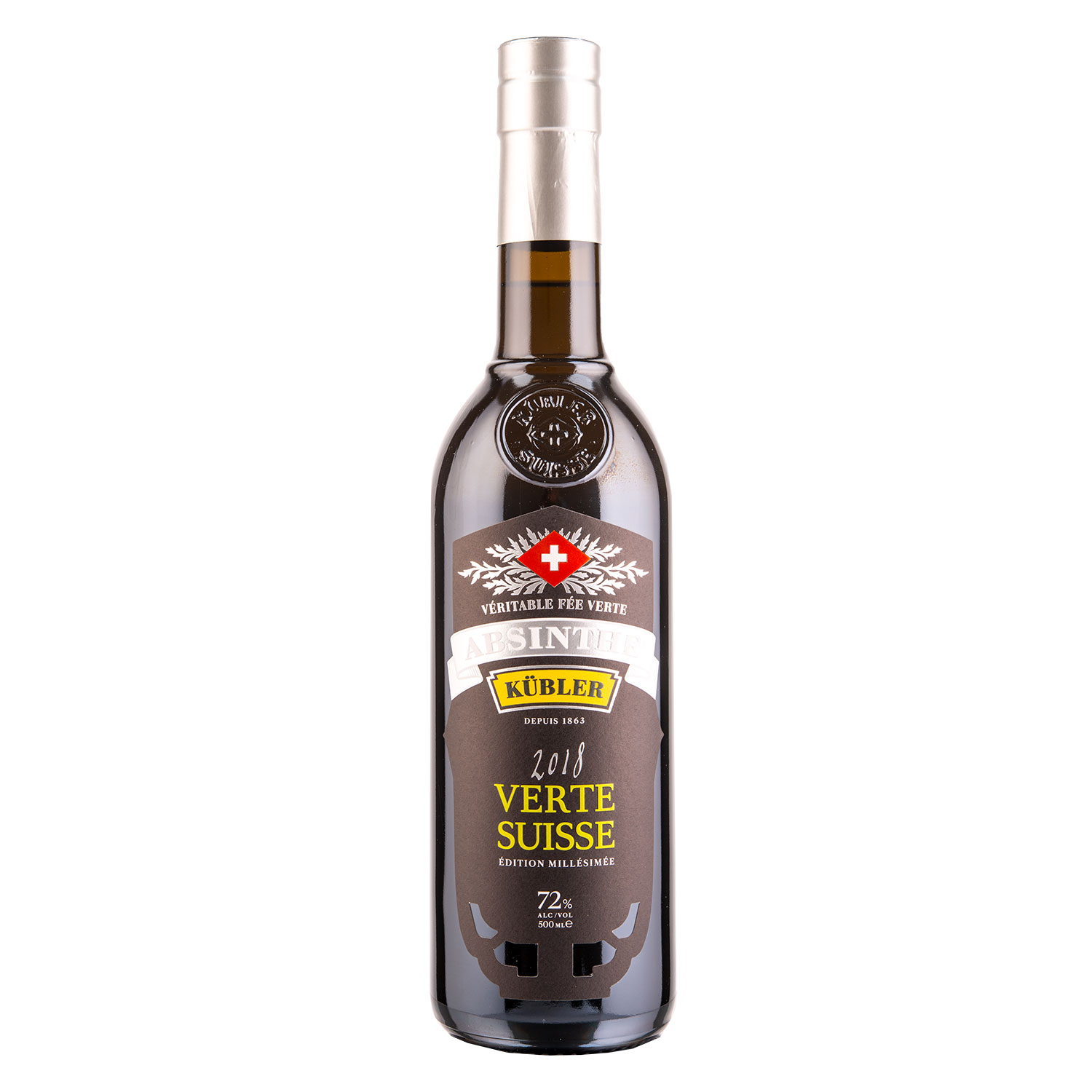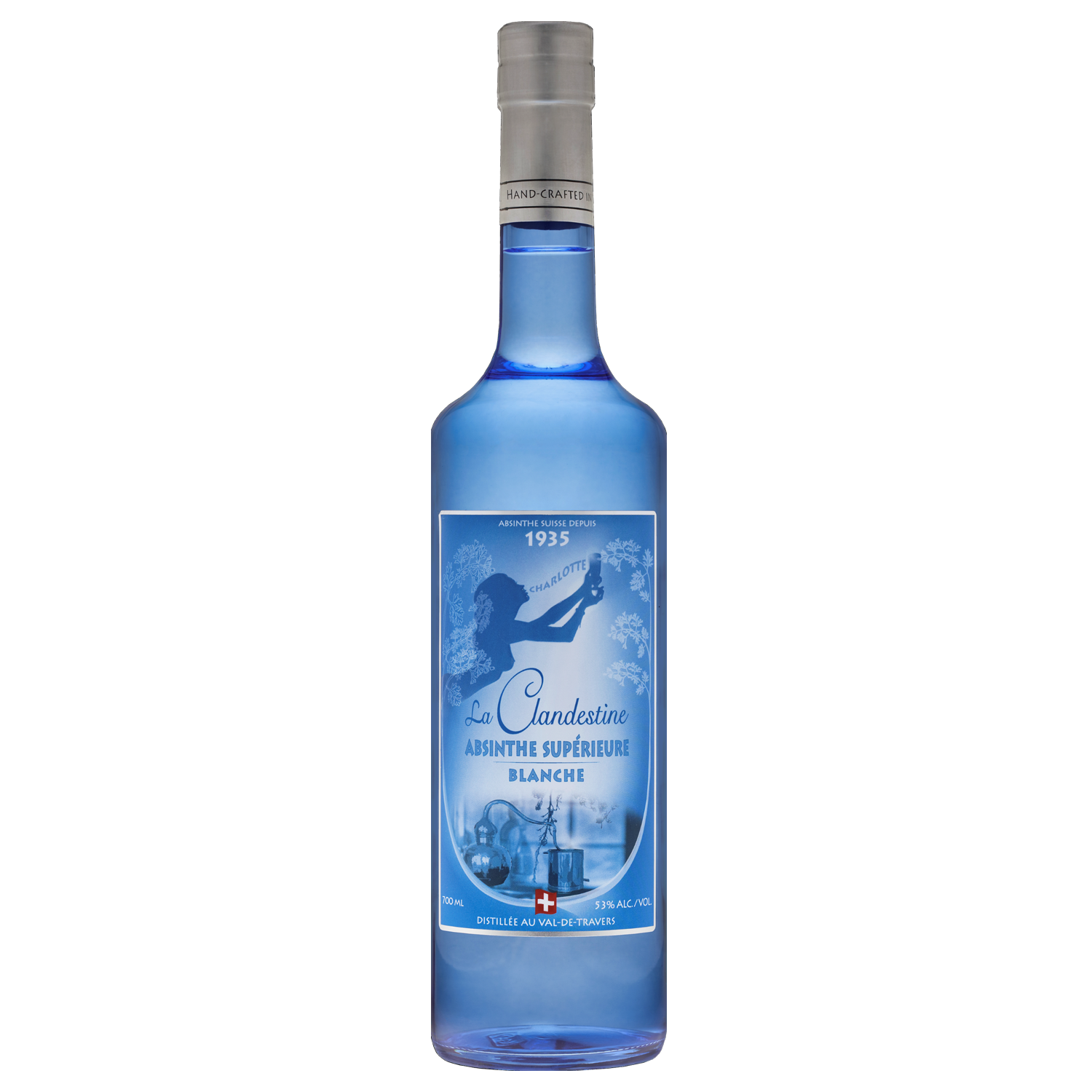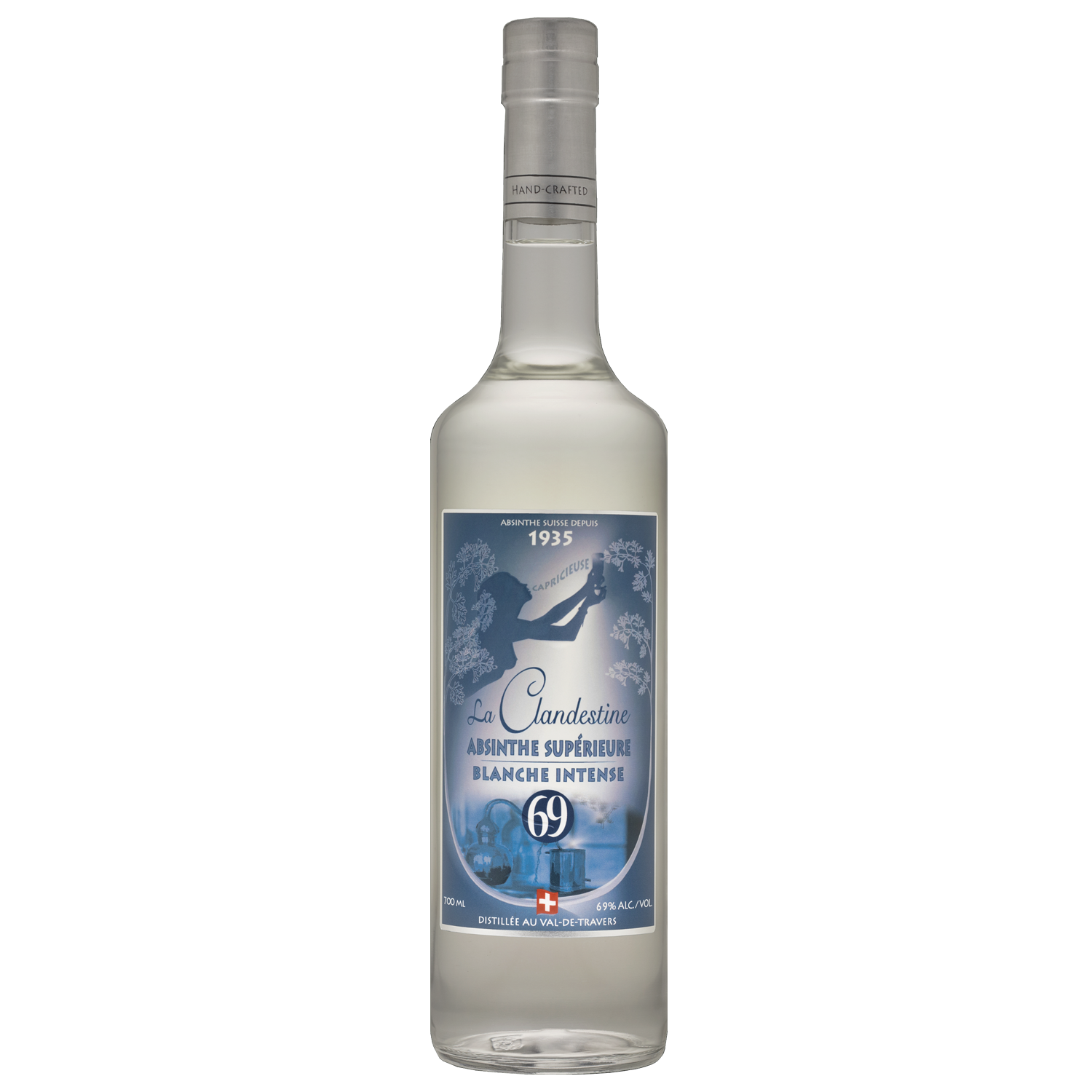Quality features
Absinthe quality criteria - or "How do I recognize a good absinthe"
Absinthe has been on everyone's lips again for a few years, but horror stories about the supposed effect persist. Even if we demystify this wonderful elixir: absinthe has no hallucinogenic effects and never did! No legislator in the world would allow a spirit that has a drug-like effect apart from alcohol.But how do you recognize high-quality absinthe?
It's best to look at the Swiss legislation, because it defines very precisely and compactly what really matters:Art. 80 absinthe Absinthe is a spirit drink made from ethyl alcohol of agricultural origin or from a distillate of agricultural origin made:
- with wormwood (Artemisia absinthium L.) or its extracts, in association with other plants or plant extracts such as anise, fennel and the like;
- is made by mashing and distillation;
- has a bitter taste and smells like aniseed or fennel; and
- a cloudy drink when diluted with water.
Brussels is currently (2013) in the process of defining a new category of spirits " to develop absinthe". However, the first proposal for such a definition was rejected by the EU Commission. It would be very desirable if the EU adopted the Swiss definition, as this would ensure a reasonable standard of quality.
Manufacture
Even before absinthe was banned in 1910, numerous manufacturers recognized that absinthe could be produced very cheaply if the production method was simplified. Even then there were macerations and oil mixes! However, the highest quality (and tastiest) results can (then as now) only be achieved through the distillation of herbs!Herbs
Absinthe must contain wormwood (Artemisia Absinthium), anise (Pimpinella Anisum) and fennel (Foeniculum vulgare). If one of these components is missing, strictly speaking one cannot speak of absinthe - then it is a herbal schnapps.Thujone
In principle, it is not advisable to make offers that only focus on the thujone value. While thujone is an important ingredient, it is wrong to assume that the more thujone an absinthe contains, the better it is.Colour
Stay away from products that do not have a natural color (clear, green, yellow or brown). There are artificial colorings involved here, which you certainly don't want to do to your body. Products colored with herbs can also have very striking colors, but then you should make sure that they are really of natural origin.Alcohol content
Serious absinthe has between 45% vol. and 75% vol. Alcohol. Anything above that usually has nothing to do with absinthe. The only exception: undiluted direct fillings (Brute d'Alambic).Sugar
Pre-sweetened products may have deficiencies of various kinds that are intended to be masked. If you prefer sweetened absinthe, that should be up to you. The manufacturer should not anticipate this under any circumstances. For example, objective product comparisons are only possible if all products are unsweetened, because the appeal that comes from the sweetness has an enormous impact on the overall impression.Content: 0.5 Liter (€69.90* / 1 Liter)
Content: 0.5 Liter (€99.90* / 1 Liter)
Content: 0.7 Liter (€71.36* / 1 Liter)
Content: 0.7 Liter (€71.36* / 1 Liter)
Content: 0.7 Liter (€85.64* / 1 Liter)
Content: 0.7 Liter (€85.64* / 1 Liter)

